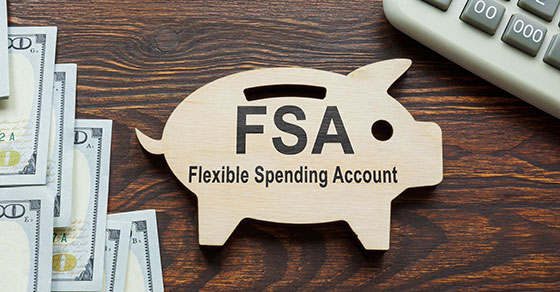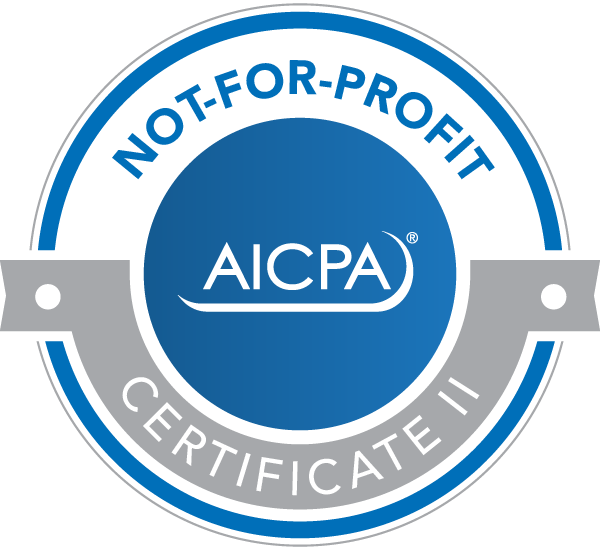Do you have a tax-saving flexible spending account (FSA) with your employer to help pay for health or dependent care expenses? As the end of 2021 nears, there are some rules and reminders to keep in mind.

An account for health expenses
A pre-tax contribution of $2,750 to a health FSA is permitted in 2021. This amount is increasing to $2,850 for 2022. You save taxes in these accounts because you use pre-tax dollars to pay for medical expenses that might not be deductible. For example, they wouldn’t be deductible if you don’t itemize deductions on your tax return. Even if you do itemize, medical expenses must exceed a certain percentage of your adjusted gross income in order to be deductible. Additionally, the amounts that you contribute to a health FSA aren’t subject to FICA taxes.
Your employer’s plan should have a listing of qualifying items and any documentation from a medical provider that may be needed to get reimbursed for these items.
FSAs generally have a “use-it-or-lose-it” rule, which means you must incur qualifying medical expenditures by the last day of the plan year (December 31 for a calendar year plan) — unless the plan allows an optional grace period. A grace period can’t extend beyond the 15th day of the third month following the close of the plan year (March 15 for a calendar year plan). What if you don’t spend the money before the last day allowed? You forfeit it.
An additional exception to the use-it-or-lose-it rule permits health FSAs to allow a carryover of a participant’s unused health FSA funds of up to $550. Amounts carried forward under this rule are added to the up-to-$2,750 amount that you elect to contribute to the health FSA for 2021. An employer may allow a carryover or a grace period for an FSA, but not both features.
Take a look at your year-to-date expenditures now. It will show you what you still need to spend and will also help you to determine how much to set aside for next year if there’s still time. Don’t forget to reflect any changed circumstances in making your calculation.
What are some ways to use up the money? Before year end (or the extended date, if permitted), schedule certain elective medical procedures, visit the dentist or buy new eyeglasses.
An account for dependent care expenses
Some employers also allow employees to set aside funds on a pre-tax basis in dependent care FSAs. A $5,000 maximum annual contribution is permitted ($2,500 for a married couple filing separately).
These FSAs are for a dependent-qualifying child who is under age 13, or a dependent or spouse who is physically or mentally incapable of self-care and who has the same principal place of abode as you for more than half of the tax year.
Like health FSAs, dependent care FSAs are subject to a use-it-or-lose-it rule, but only the grace period relief applies, not the up-to-$550 forfeiture exception. Therefore, it’s a good time to review your expenses to date and project amounts to be set aside for 2022.
Other rules and exceptions may apply. Your HR department can answer any questions about your specific plan. We can answer any questions you have about the tax implications.
- Evaluate whether a Health Savings Account is beneficial to you - September 19, 2023
- Investment swings: What’s the tax impact? - September 12, 2023
- Plan now for year-end gifts with the gift tax annual exclusion - September 5, 2023
- Selling your home for a big profit? Here are the tax rules - August 29, 2023
- The tax consequences of employer-provided life insurance - August 22, 2023









